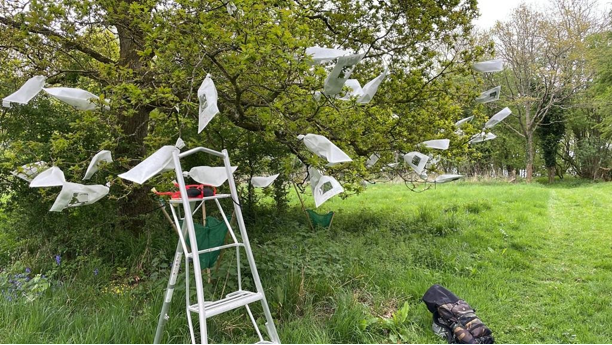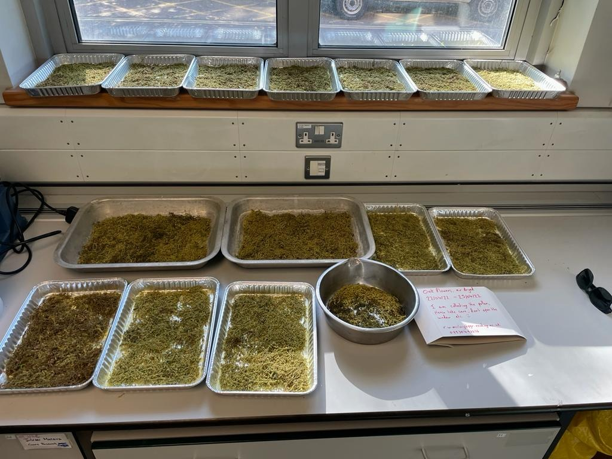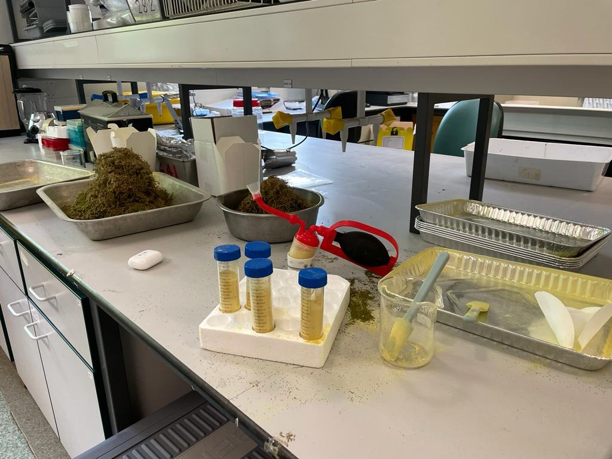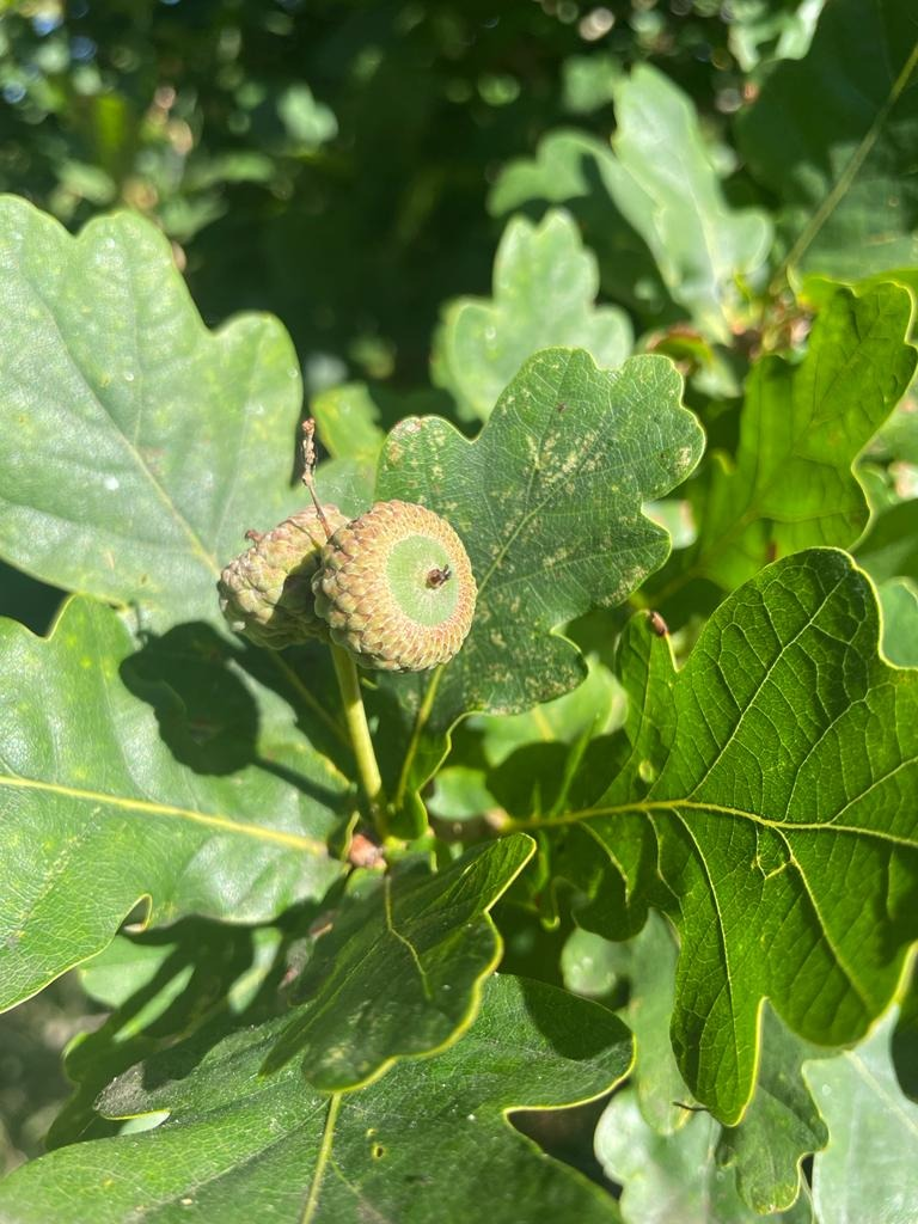 by Ryan McClory. Ryan is investigating Drivers of Masting in Oak – a three and a half year PhD with the University of Reading
by Ryan McClory. Ryan is investigating Drivers of Masting in Oak – a three and a half year PhD with the University of Reading
My doctoral research focusses on the drivers of oak masting in the UK, with the aim that this better understanding may contribute to a more consistent acorn crop for conservation and forestry.
Agricultural practices are moving towards precision farming techniques, which do not assume homogenous conditions across the whole field. If the same can be expected for woodlands, then study of variation in soil nutrients, microclimate, genetics, and canopy growth/structure amongst individual trees could prove particularly informative to explain the drivers of masting.
My research focuses on explaining variation in acorn production of individual trees within and between years, analysing how nationwide weather cues may drive masting, and exploring what methods can be undertaken to increase acorn production.
Study 1: Individual Variation in Acorn Crop
I have a well-established field site at Wytham Woods, Oxfordshire where I have been recording the acorn production of 40 trees spread across the site:
· Acorn numbers have been assessed visually each year and I have been regularly collecting from litter traps which provide numbers of mature acorns, aborted acorns, oak flowers, and leaf litter.
· Trees were sampled for genetic sequencing as part of the Darwin Tree of Life Project.
· Temperature and humidity loggers attached to each tree have collected data continuously.
· Canopy photos have been consistently taken throughout the project.
Study 2: Can We Model the Influence of the Weather on Acorn Production
Weather is considered a key driving factor in mast seeding, due to its ability to act as a large-scale synchroniser. However, recent studies of weather’s influence on masting give varied, and occasionally contradictory, results. I have been analysing records of acorn production at several sites to determine the role of weather in masting for oaks and started my data analysis.
Area 3: Does Pollen Source Matter
It is understood that around 50 – 70% of pollen in a woodland comes from outside the woodland itself. I set up an experiment in Spring 2022 to determine the effect of pollen source on acorn development and abortion. Selected flowers were closely monitored over the growing season to determine if they did, or did not, develop into acorns. At the time of writing, acorns remain maturing on the trees.

Pollen bags from PBS international, the idea being that they isolate the oak flowers from the pollen in the atmosphere! Then I experimentally add pollen that I have collected myself. 14th of April 2022.




Leave A Comment